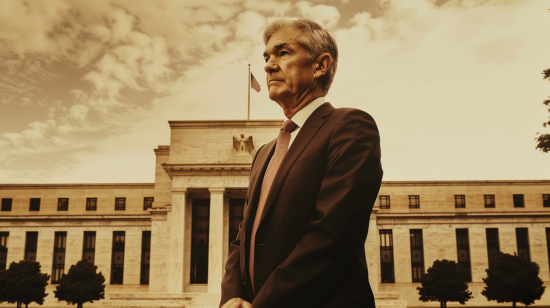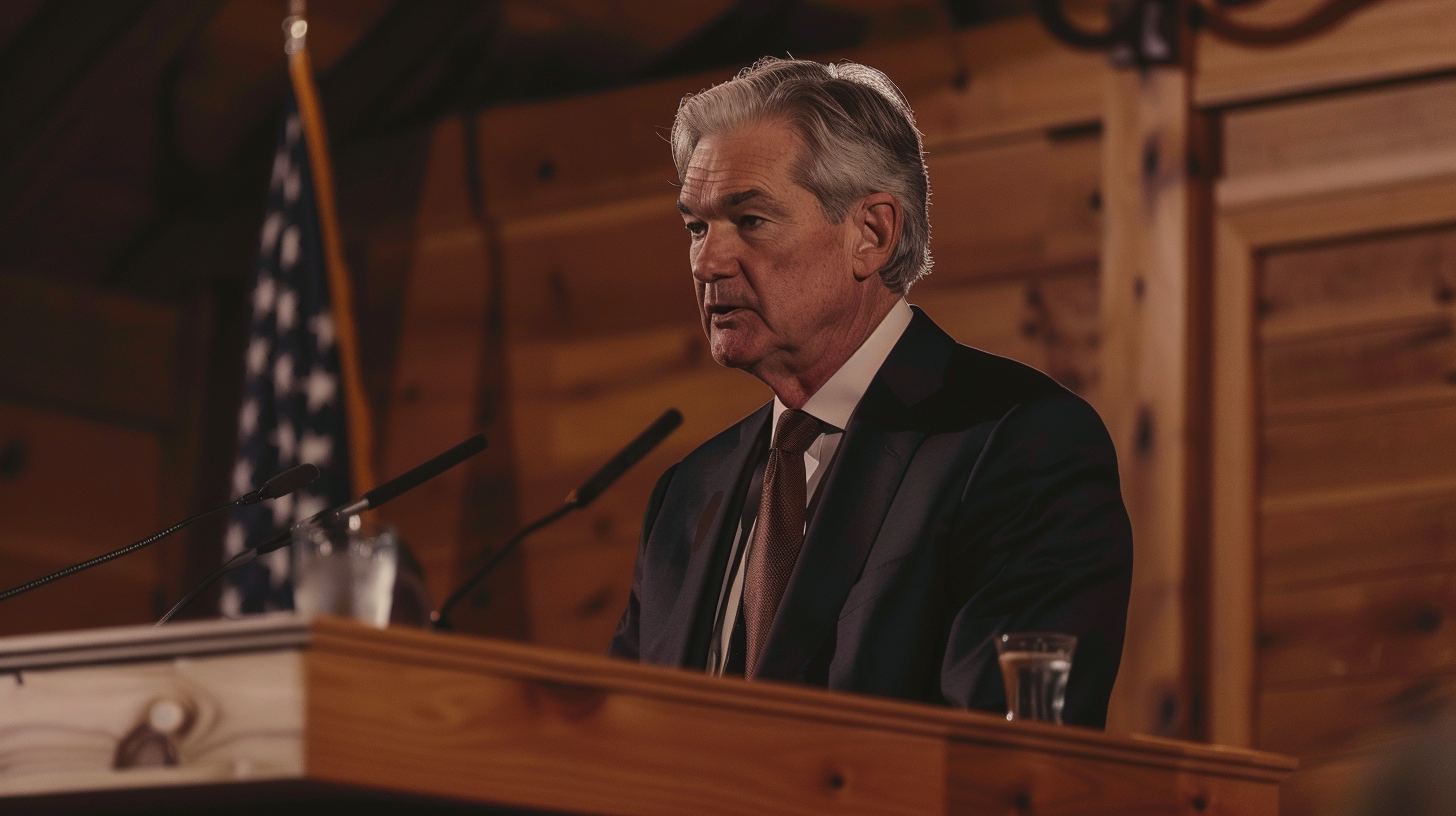| Key Points: – The Federal Reserve cuts interest rates by 50 basis points to a range of 4.75%-5.0%. – Two additional rate cuts are expected later this year, with four more in 2025. – The decision reflects concerns about a slowing labor market and confidence in inflation returning to target levels. |
The Federal Reserve cut interest rates by half a percentage point on Wednesday, marking its first rate reduction since 2020. This shift signals the conclusion of the Fed’s most aggressive inflation-fighting campaign since the 1980s. With this cut, the central bank’s benchmark interest rate now stands at a new range of 4.75%-5.0%, ending the 23-year high range it held since July 2023. The decision was part of the Federal Open Market Committee’s (FOMC) two-day policy meeting.
This rate cut comes amid mounting concerns over the slowing U.S. labor market and the Fed’s renewed confidence in inflation trending downward. Employment data for the summer reflected weaker job growth, with only 118,000 jobs created in June, followed by 89,000 in July and 142,000 in August—well below the monthly average from the previous year. Fed Chair Jerome Powell emphasized the need to support a strong labor market while continuing to work toward stable prices.
Fed officials are now projecting two more 25-basis point cuts before the end of the year, followed by four more cuts in 2025, creating a path for a total of six additional cuts in the coming years. While the decision was not unanimous, with Fed Governor Michelle Bowman preferring a smaller 25-basis point cut, the majority consensus agreed on a more aggressive approach.
Inflation, which had surged following the pandemic, has shown signs of cooling in recent months. The Consumer Price Index (CPI) has consistently reported progress, with inflation now nearing the Fed’s long-term target of 2%. This, combined with the weaker labor market, has given the Fed confidence to make this significant cut.
Jerome Powell’s comments at Jackson Hole in August hinted at the possibility of such a move. He stressed that the Fed would do everything possible to support a strong labor market and indicated that the central bank had the flexibility to lower rates further if needed. Wednesday’s decision reflects the Fed’s focus on both inflation and employment as key factors influencing future monetary policy.
Despite the easing of inflation, the Fed has remained cautious, signaling that while they expect inflation to continue its downward trend, they are still closely monitoring economic data. Officials also updated projections, predicting an uptick in the unemployment rate to 4.4% and stable economic growth of 2% for the next two years.
As investors and businesses adjust to the new monetary landscape, the Fed’s rate cut is expected to influence borrowing costs, stock market activity, and broader economic behavior. The next steps, as outlined by the central bank, will depend heavily on incoming data related to inflation and employment.









